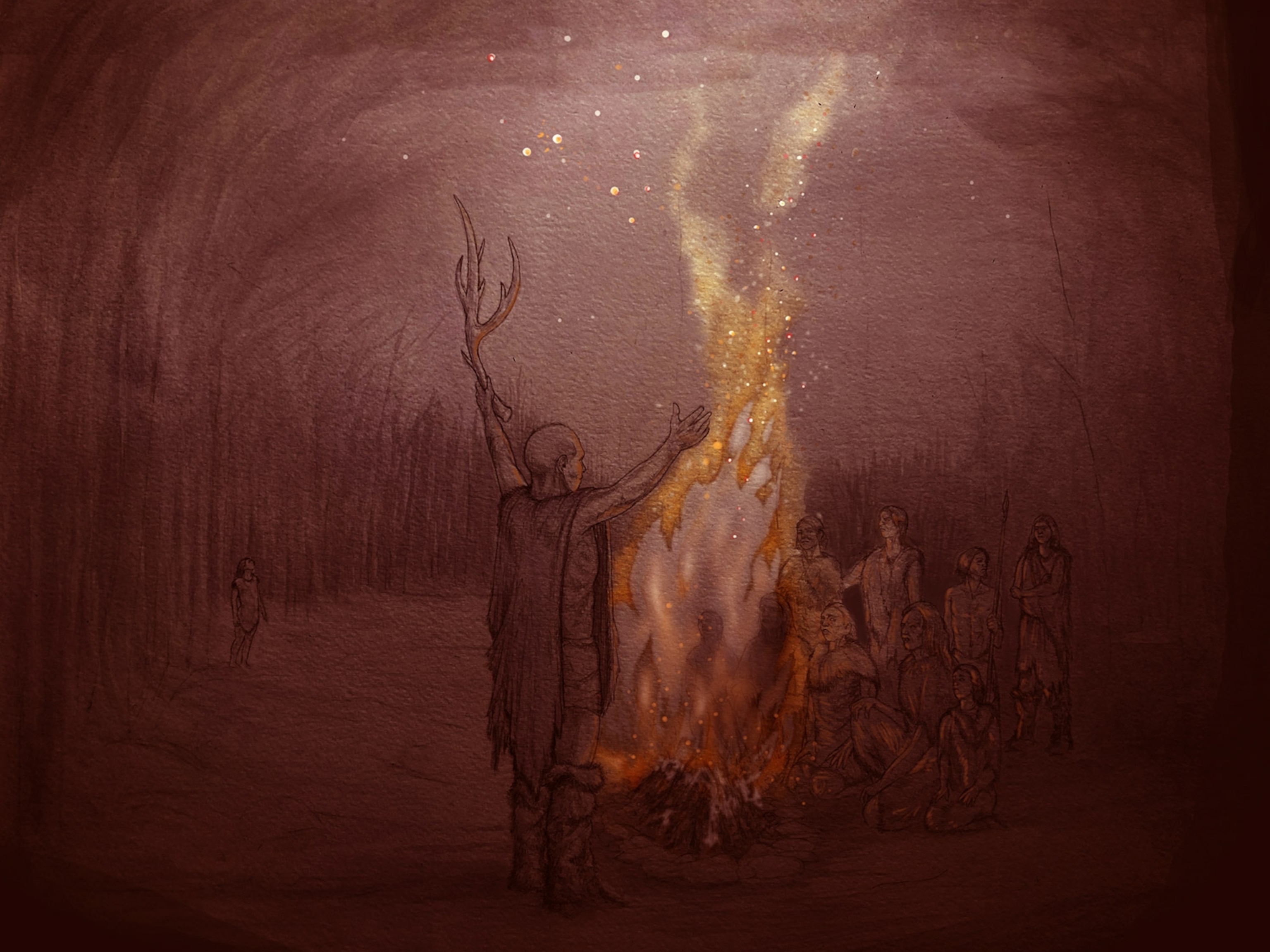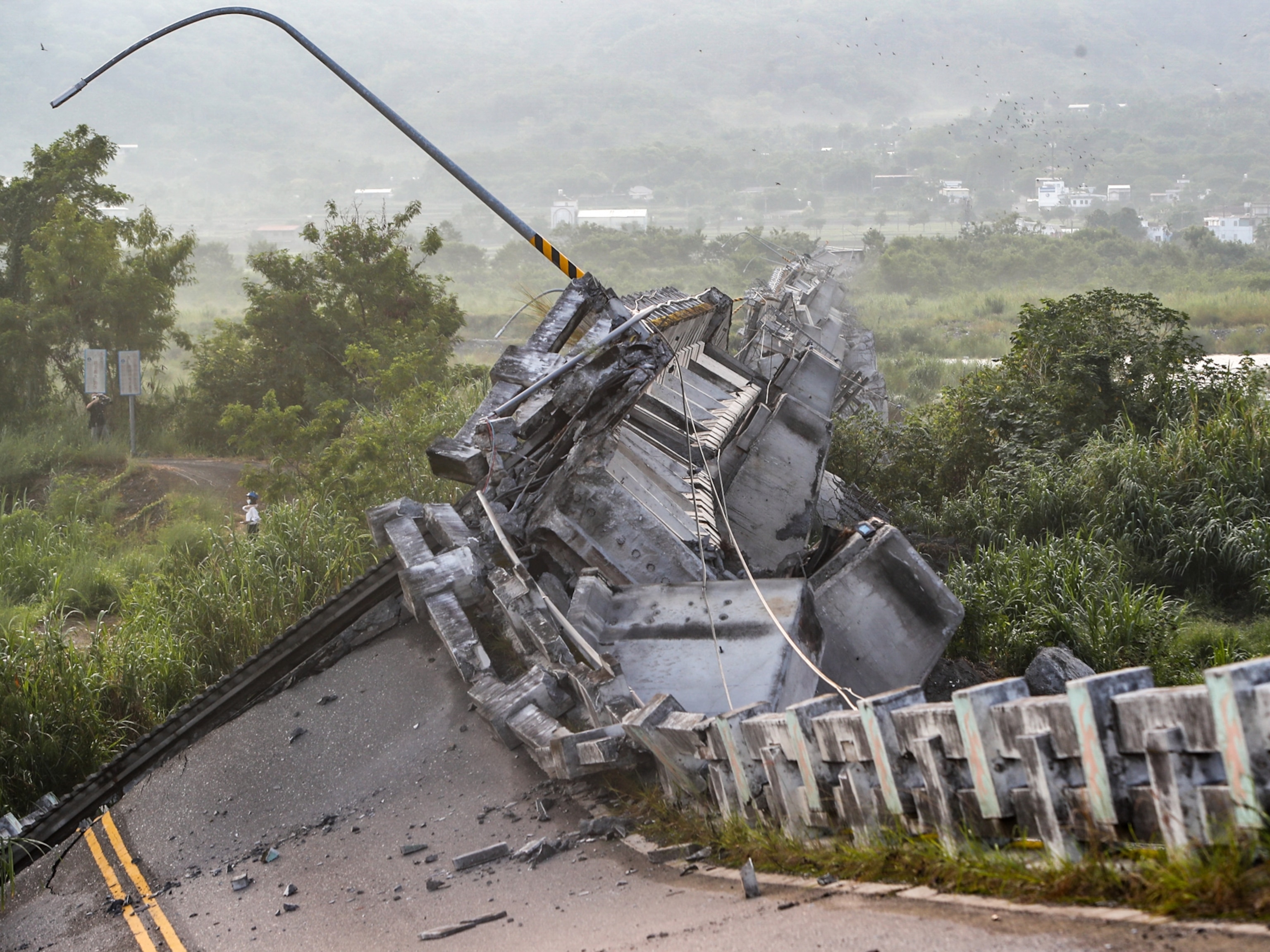
Hot Science: How Investigators Determine the Causes of Fires
Forensic fire experts rely on a number of observations and tools.
The Rim Fire (see pictures) that recently ravaged Yosemite National Park was started by a hunter's illegal campfire, according to authorities.
To determine the cause of such a fire, investigators rely on a number of observations and techniques, from telltale signs of flames to satellite imagery and chemical tests.
To better understand the science, National Geographic spoke with Richard Meier, a fire investigator in Sarasota, Florida, with John A. Kennedy and Associates, which analyzes fires and explosions for insurance companies and trials. Meier is also a staff member at the National Association of Fire Investigators, and the organization's treasurer.
How does one become a fire investigator?
There's a lot of different ways. In my case I spent about 23 years in engineering, in the manufacturing industry, which is a good thing: I used to make things, so I know how they work. A lot of people start off as firefighters and then become investigators.
What kind of training is required?
I started training a few years before I came to Kennedy. I started attending seminars and webinars. The National Fire Protection Association maintains a list of subjects that investigators must know to be certified. These include fire chemistry, fire dynamics, documenting the scene, and so on.
How do you determine the cause of a fire?
Science had nothing to do with fire investigation up to the late 1970s and early '80s. Before that it was based on old wives' tales. But now we use the scientific method.
The first thing is to find out where the fire started, which is what we call the "origin." The "area of origin" can be a broad area, like a room in a house ... The "point of origin" is the smallest area you can identify, which can be as small as a thimble or as big as a room. In the case of a wildland fire, you're probably talking [about] an area of origin around a half acre to an acre, and a point of origin the size of a campsite or a campfire.
After you figure out the origin, you look for things that could have served as an ignition source: a campfire, a flare, hunting ammunition (rare but sometimes happens), or a curved bottle that's left in the sun and acts as a magnifying glass. You have to test each one, at least logically, and determine if it's a competent ignition source for the fuels that you have.





